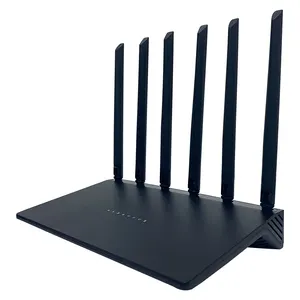Understanding WiFi Signal Booster Setup
In today's hyper-connected world, maintaining a strong and reliable internet connection is essential. A wifi signal booster setup is an effective solution for enhancing WiFi coverage in both residential and commercial spaces. This technology amplifies existing signals, reduces dead zones, and ensures that you can stay connected wherever you are within your environment.
Types of WiFi Signal Booster Setup
Several types of wifi signal booster setups cater to varying needs and installation preferences:
- WiFi Range Extenders: These devices receive your existing WiFi signal and rebroadcast it to cover larger areas.
- Access Points: Ideal for larger homes or offices; they connect to your router via Ethernet cable and create a new WiFi network.
- Powerline Adapters: Utilizing your home’s electrical wiring to extend the WiFi network, these adapters offer robust coverage without needing additional cabling.
- Mesh Network Systems: These systems consist of multiple nodes that work together to provide seamless WiFi coverage across larger spaces.
Benefits of a WiFi Signal Booster Setup
Setting up a wifi signal booster offers numerous advantages for users:
- Improved Coverage: Eliminate dead zones in your home or office and ensure reliable internet access in every room.
- Higher Speeds: A boosted signal enhances overall speed, allowing for smoother streaming, gaming, and browsing experiences.
- Multiple Device Connectivity: Enjoy seamless connections for all your devices, from smartphones to smart TVs, without interruptions.
- Easy Setup: Many wifi signal boosters are designed for hassle-free installation, ensuring you can enhance your network with minimal technical know-how.
How to Choose and Set Up Your WiFi Signal Booster
When considering a wifi signal booster setup, it's crucial to select the right device and install it correctly:
- Evaluate Coverage Needs: Determine which areas require stronger signals. This assessment helps select the most suitable booster type.
- Compatibility: Ensure the booster is compatible with your existing router to avoid connectivity issues.
- Signal Strength: Check the specifications for coverage range and speed capabilities to find an option that meets your demands.
- Installation Location: Place the booster midway between your router and the area needing coverage for optimal performance.
- Follow Setup Instructions: Each booster varies in setup requirements, so adhere to the manufacturer's guidelines for a smooth installation.






















































